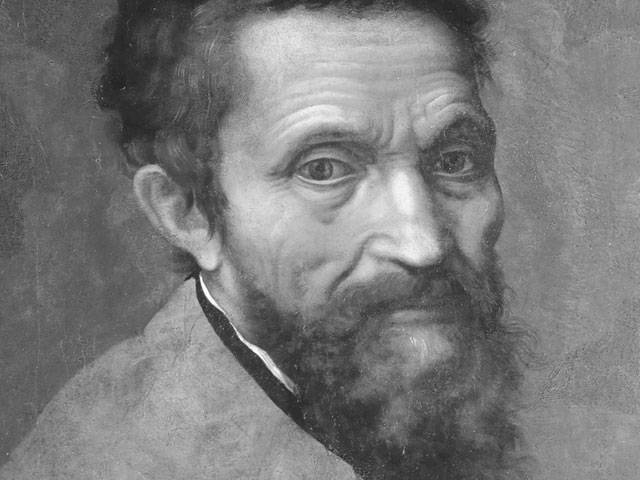Michelangelo di Lodovico Buonarroti Simoni, better known as Michelangelo, is one of the greatest names to be associated with the European Renaissance. Born on 6th March 1475, Michelangelo was one of the most highly reputed artists in the Republic of Florence – alongside contemporaries Raphael and Da Vinci. Michelangelo primarily concerned himself with sculpture, and his most famous works include Pietà and David. While he held a strong resentment for painting, he was commissioned by Pope Julius II to paint the ceiling of the Sistine Chapel built within the Vatican. He completed the project in four years, containing depictions of scenes from the Book of Genesis – including the most famous, The Creation of Adam. Twenty-five years later, he painted The Last Judgement on the chapel altar. Born a devout Catholic, Michelangelo lived a troubled existence as a self-appointed damned man, and his artistic work, including poetry, was heavily influenced by his struggle with his sexuality. During his lifetime, Michelangelo was called Il Divino, or the Divine One, and was praised for his ability to produce works of awe. His work is considered to have informed the transition between the art movements of High Renaissance and Mannerism.






